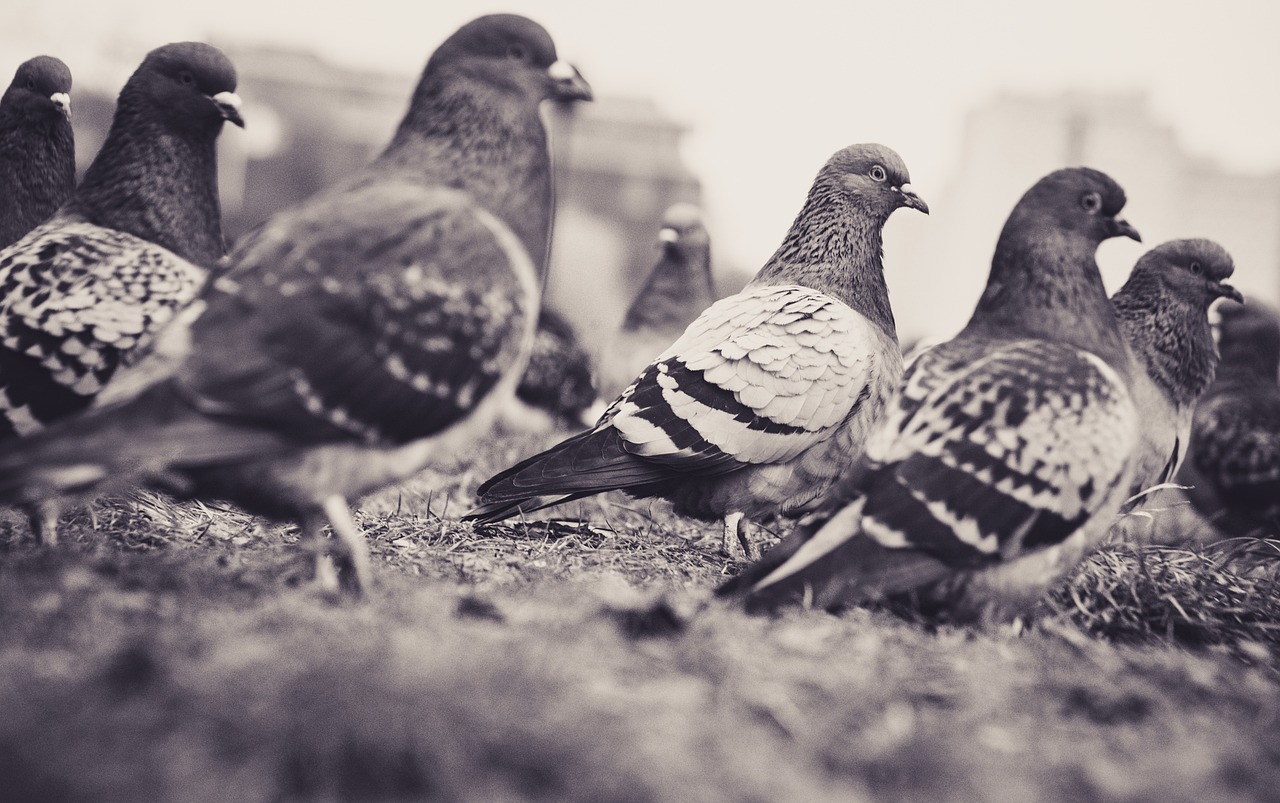
Pre-reading questions:
- Do you know what the bird flu is?
- Can it infect other species?
Vocabulary:
- rare /rair/
- virus /VAHY-ruhs/
- serious /SEER-ee-us/
- epidemic /ep-i-DEM-ic/
- suspected /suh-SPEKT-id/
[adjective] – not occurring very often; uncommon
It’s rare to find such an exotic bird in this region.
[noun] – a tiny infectious agent that replicates inside the living cells of organisms
The flu virus spread quickly through the school, causing many students to fall ill.
[adjective] – significant, severe, or potentially dangerous
The company faced serious financial difficulties after losing its biggest client.
[noun] – a large number of cases of a particular disease happening at the same time in a particular community
The government declared an epidemic after hundreds of people fell sick with the new flu strain.
[adjective] – regarded or believed to be the case; thought to be true or probable but not proved
The police have identified a suspected thief in the neighborhood based on eyewitness accounts and surveillance footage.
Article reading:
True or False:
- Bird flu has infected only birds and no other animals.
- H5N1 was first detected in 1997 during an outbreak in Hong Kong.
- Human infections of H5N1 have been frequent, according to experts.
- Dr. Tom Frieden stresses the importance of preventive measures against bird flu.
- The USDA has confirmed only one human case of bird flu among farm workers.
Fill in the blanks:
| rare | virus | serious | epidemic | suspected |
- Scientists are studying how this new ______ behaves in different environments.
- This stamp is ______ and valuable to collectors.
- After the earthquake, there were ______ structural damages to several buildings in the area.
- There was an ______ of measles in the city last year.
- The car accident resulted in ______ injuries to several passengers, requiring emergency medical treatment.